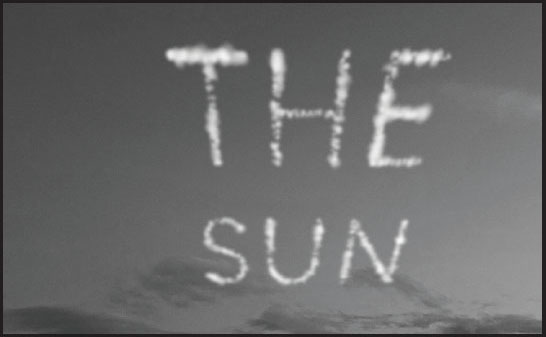
Upon hearing the news of the United States entering the Great War in April of 1917, Art Smith, The Bird Boy of Fort Wayne, immediately presented himself to the Aviation Section of the United States Signal Corps, the branch of the Army charged with organizing the country’s first air force. His attempt to enlist as a combat pursuit pilot failed. He was thought to be unfit for flying, too short at five foot two to reach the pedals of the fighter craft and hobbled by the many injuries derived from his frequent crashes. He walked with a pronounced limp. His right arm at the shoulder demonstrated a limited range of motion. Several fingers of his right hand were numb. A big toe had been amputated after being frostbitten. His ears registered a constant ringing. The Aviation Section recognized the talent of the famous pilot nonetheless, and he was appointed a civilian instructor, reporting to Langley Field in Virginia. Instructor Art Smith quickly modified his Curtiss JN-4 training aircraft to accept his skywriting apparatus. Here, he used the device to simulate the sun in order to teach his new charges the tactic of using the sun’s light to blind the enemy aviators under attack. The new pilots dove repeatedly out of this artificial sun. One was to be aware of where the sun was at all times, to employ it upon attacking, and to be conscious of its danger when on the defensive. Often, the simulation of THE SUN would become unreadable when backlit by the sun, the ethereal letters obliterated and overwhelmed with intense illumination from the higher altitude.
Art Smith, relegated to the pilot instructor role by a skeptical Army Air Force, was not one to contribute only the bare minimum in his new assignment. He, unasked, devoted his genius as a mechanical engineer and his many skills as a mechanic to the emerging obstacles of training aviators and adapting their aircraft to the rigors of aerial combat. For many long hours at McCook Field, he studied the captured specifications of Fokker’s synchronization for the timed firing of Vickers machine gun rounds in intervals between the rotating propeller blades, discovering, at last, a method to add a second forward-firing weapon to the borrowed British Bristol F.2 fighter. Smith is also credited with the ingenious innovation of dual controls, allowing the student and pilot access to two sets of independent control surfaces. He often used his skywriting to instruct. Here the message exhorts his charges to consider the proper aiming at the enemy target sporadically maneuvering ahead of the attacker on “his tail.” Smith would allow the novice to grip the dead stick as he flew the intricate pattern of composition—the attitudes and trims, the angles of attack, the banks and rolls, the dives and climbs—in order to create, in his young charges, the muscle memory of evasion, the attractive grip of gravity, the empty weightlessness waiting at the pinnacle of a loop after the coup de grâce.
Art Smith became an expert handling phosphorus during his nightly aerobatic displays at San Francisco’s Panama Pacific Exposition in 1915. During the Great War, fleets of German Zeppelins attacked London, arriving over the city at night in what is thought to be the first strategic aerial bombing campaign of a major city. Initially, projectiles from artillery or aircraft had little effect on the massive dirigibles, as the pressure maintained in the gas envelopes was only slightly higher than the ambient air. Punctures had little effect. It was only when incendiary rounds were developed to ignite the flammable lifting gas within did the airships fall prey to the counterattacking airplanes. Here, in a brilliant phosphorous script, Art Smith illuminates the night with a target for his young charges to attack using munitions coated with these volatile jackets of fiery phosphorus.
Years later, while flying with the Air Mail Service in Ohio, Art Smith was one of the first on the scene at the crash of the USS Shenandoah over Noble County. He was able to spot the wreckage. The remnants of shiny silvered fabric of its envelope were strewn on the ground, reflecting the moon’s intense light, radiating full and high overhead, the thunderstorm that had so recently torn the airship to pieces now breaking apart, the storm clouds accelerating away to the northeast, revealing a night sky punctuated by the distant and barely visible stars.